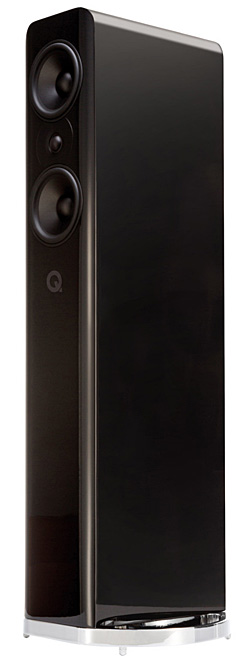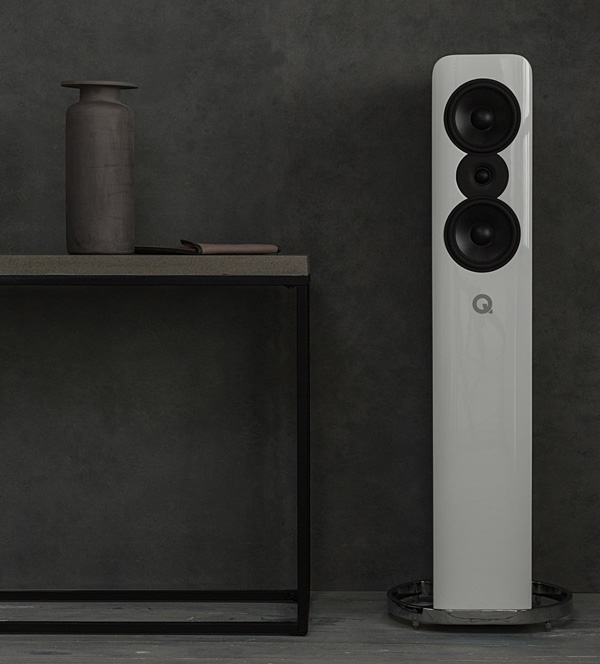| Columns Retired Columns & Blogs |
"The nearfield measurement technique ... results in a peak in the upper bass..."
I've noted that a dip almost always occurs just above that peak--in this case, a very shallow dip between 300-500Hz. Is that also an artifact of the measurement technique? Just curious, since you have never commented on these dips. Why would so many speakers have a dip in the lower midrange?
 But there are well-recorded two-channel exceptions, and some of the best I've heard have been film soundtracks, which is odd because most modern soundtracks have been recorded in multichannel sound. However, there's an art to mixing down multichannel to two channels, which is one reason many original-soundtrack albums sound far worse than they do on the same film's video release. The latter hasn't been mixed down, nor is it a victim of the current fetish for compressing the life out of recordings—its soft passages can't be allowed to overwhelm the dialogue or the effects!
But there are well-recorded two-channel exceptions, and some of the best I've heard have been film soundtracks, which is odd because most modern soundtracks have been recorded in multichannel sound. However, there's an art to mixing down multichannel to two channels, which is one reason many original-soundtrack albums sound far worse than they do on the same film's video release. The latter hasn't been mixed down, nor is it a victim of the current fetish for compressing the life out of recordings—its soft passages can't be allowed to overwhelm the dialogue or the effects!






































